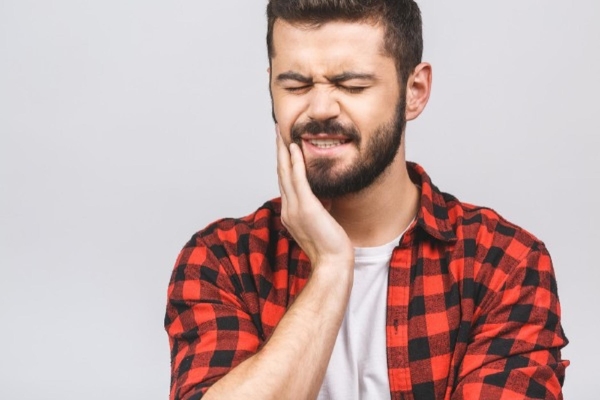TMJ / TMD (Jaw Pain)

Do you suffer from headaches, grinding of your teeth, clicking of your jaw or even ear pain? These can all be signs of Temporomandibular joint (TMJ) syndrome, also known as the temporomandibular joint disorder (TMJD). This a disorder of the jaw muscles and nerves caused by injury to the TMJ, which is the joint between your jaw and skull. The injured temporomandibular joint leads to pain with chewing, clicking, and popping of the jaw; swelling on the sides of the face; nerve inflammation; headaches; tooth grinding; and sometimes dislocation of the temporomandibular joint.
What Causes TMJ Syndrome?
Multiple factors contribute to the muscle tightness and dysfunction that characterize this condition. Most often, poor posture and neck alignment change the pull of the muscles that make your jaw move. This causes painful grinding and irritation of the TMJ. Other causes may include:
- Poor alignment of or trauma to the teeth or jaw
- Teeth grinding
- Poor posture
- Stress
- Arthritis or other inflammatory musculoskeletal disorders
- Excessive gum chewing
A lot can be done to help TMJ, first starting with a thorough evaluation of your problem with our expert physical therapists. Once the root cause of your problem has been discovered, a comprehensive plan can be developed to quickly relieve your pain and restore natural movement to your TMJ. Furthermore, our physical therapists will teach you techniques for regaining normal jaw movement for long lasting results.
The focus of physical therapy for TMJ is relaxation, stretching, and releasing tight muscles and scar tissue. In most cases physical therapy can resolve TMJ and prevent the need for surgery. However, in cases where surgery is absolutely necessary, physical therapy is a vital part of the recovery process, as it helps minimize scar tissue formation, muscle tightness and allows for a complete recovery.
Contact Us Today For More Information
- Tracy Weltha
- February 20, 2018
- Physical Therapy
- Tracy Weltha
- February 20, 2018
- Physical Therapy
